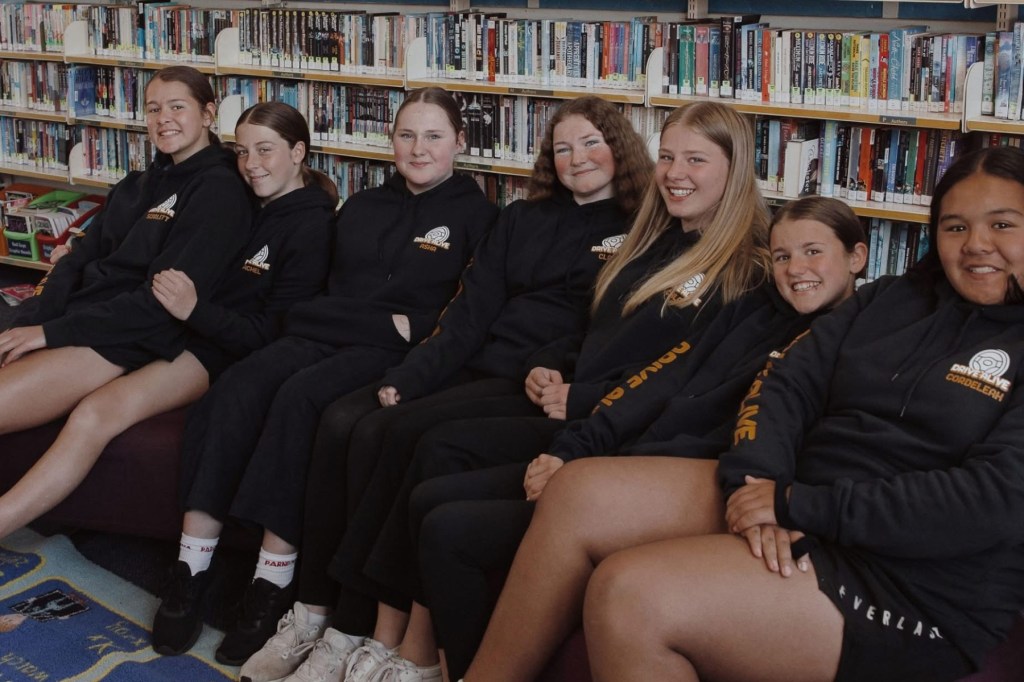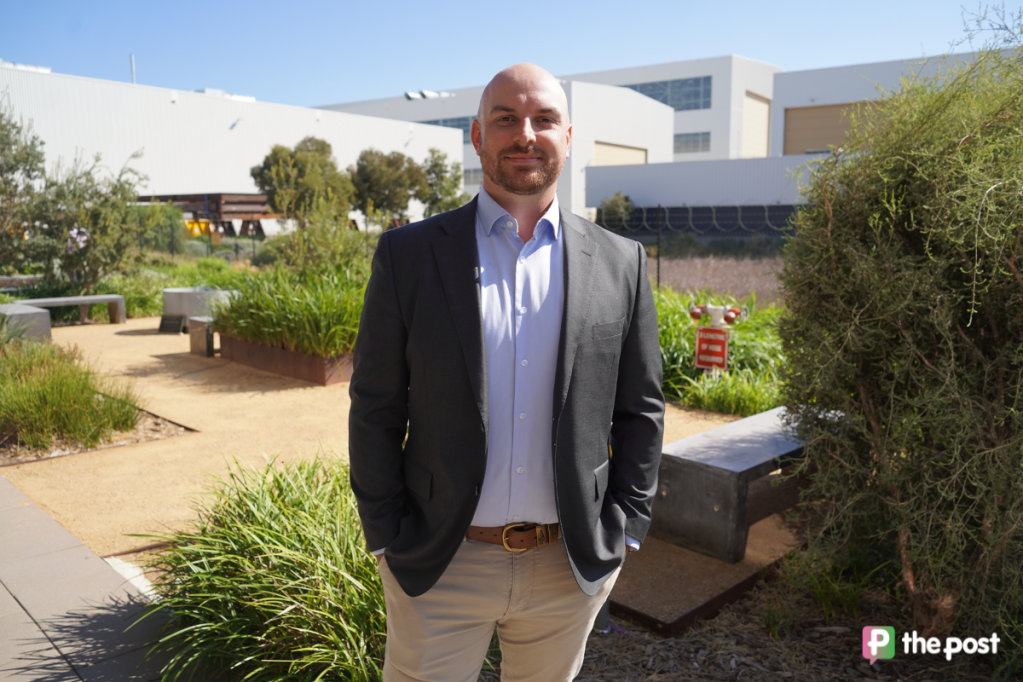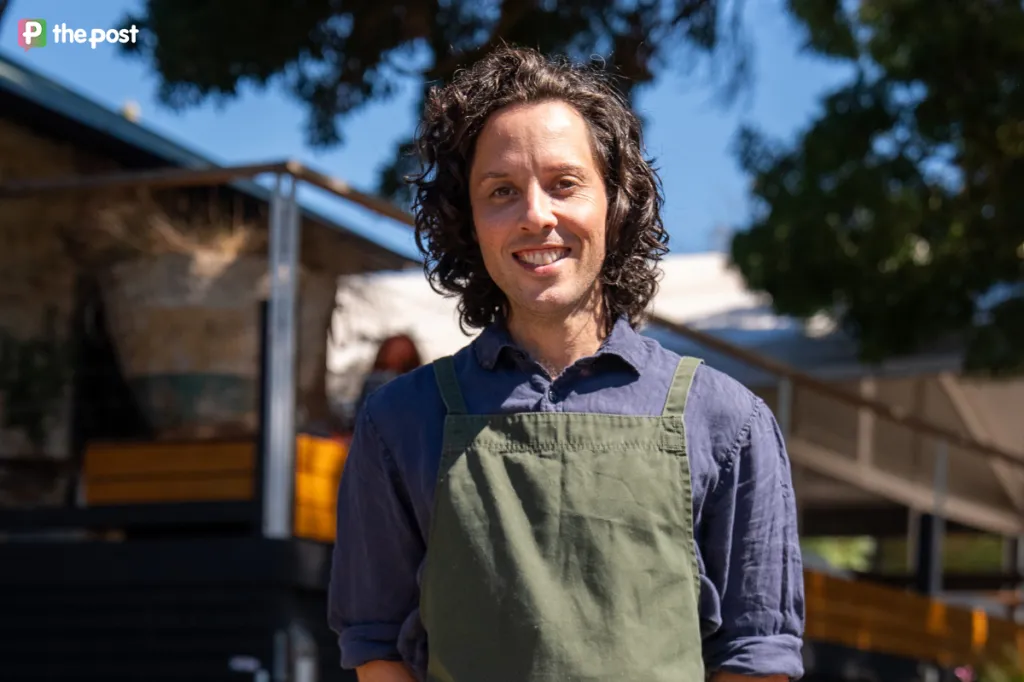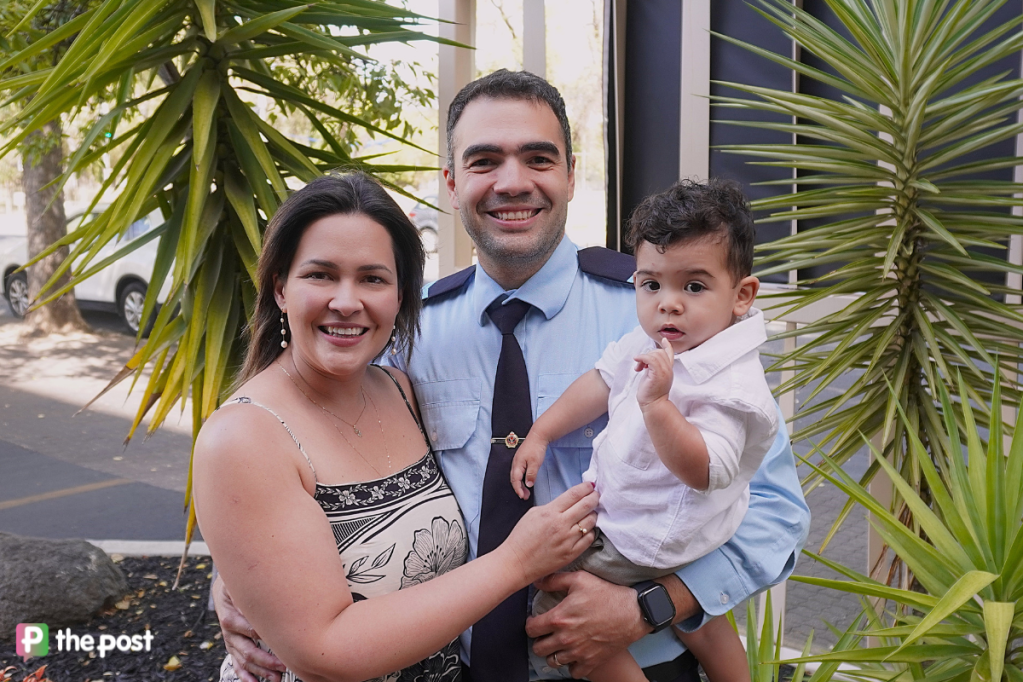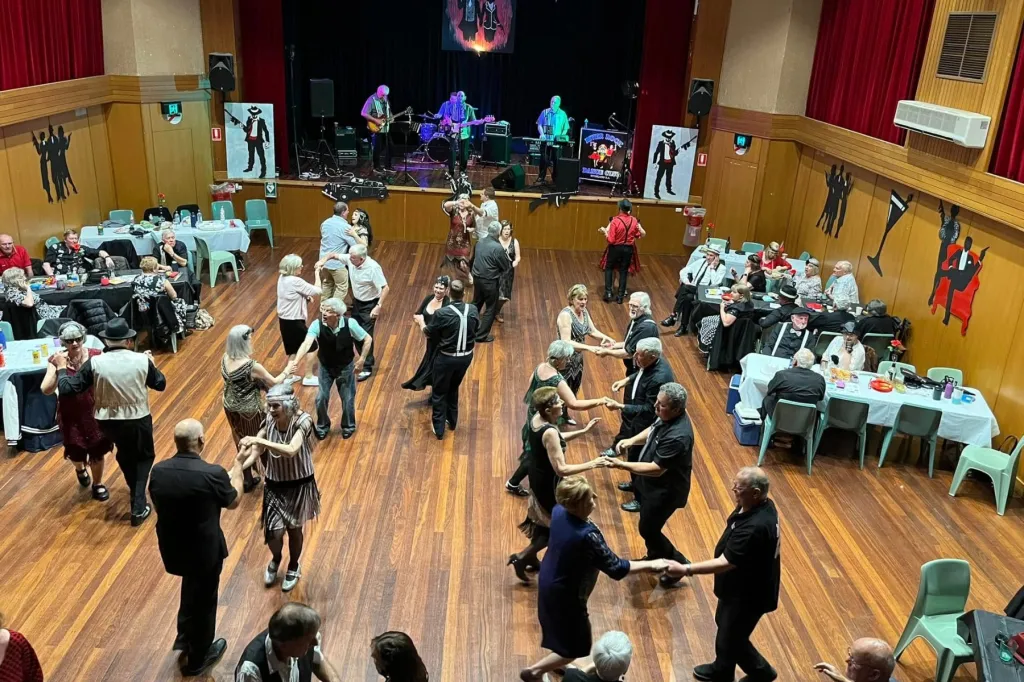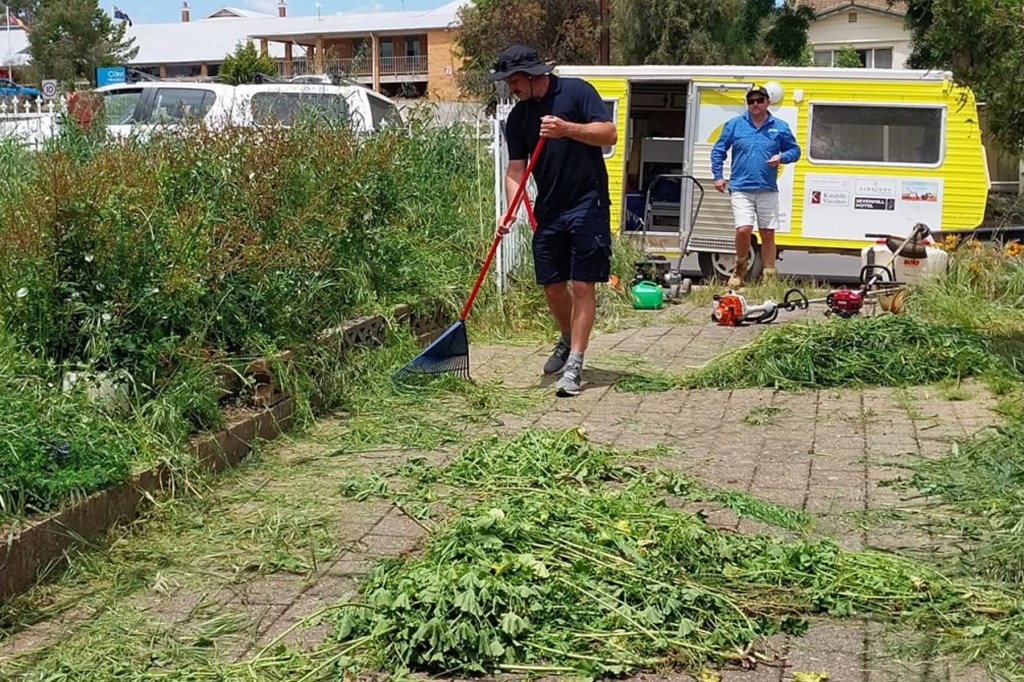All aboard: Bus safety for South Australian School Children
A South Australian initiative is driving home the importance of safety for our most vulnerable road users, and is being rolled out across the nation.
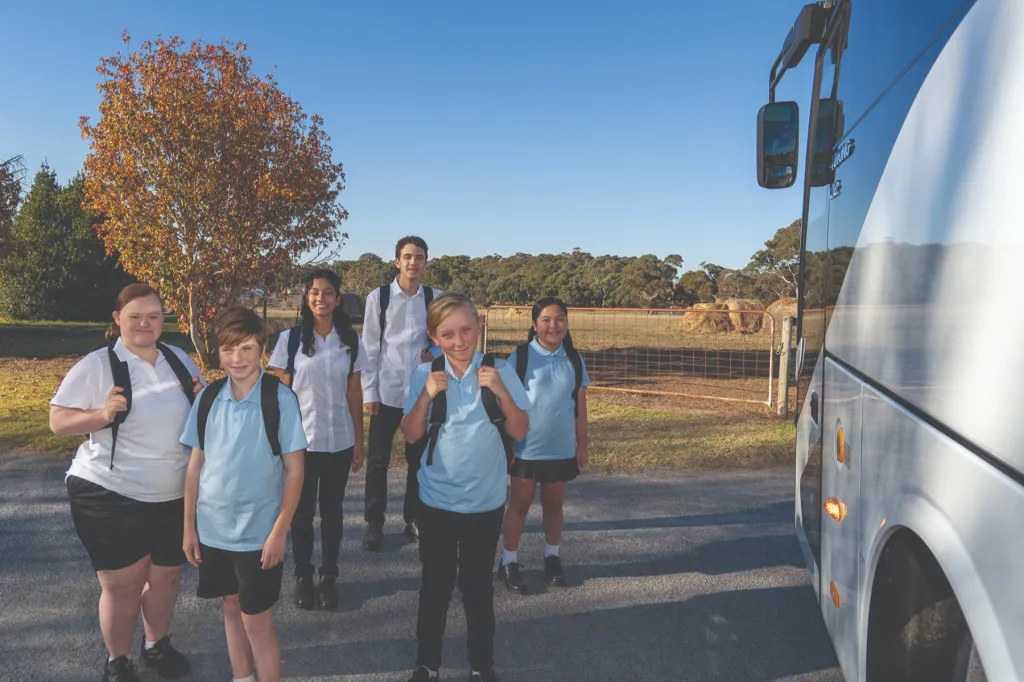
BusSAFE delivered bus safety education sessions to around 4300 regional and rural South Australian students across years reception to nine in 2024.
254 bus occupants are hospitalised from crashes each year. The program, co-developed by Bus SA and the South Australian Department for Education (EDU), aims to teach children how to behave safely in and around buses.
Established in 2022 following an accident in the state’s north, BusSAFE is underpinned by road safety research and aligned with the Australian Curriculum.
Program manager Fiona Dalton said the program encourages the idea that “safety is a shared responsibility between passengers, drivers, schools, and all community members”.
The 50-minute sessions led by bus drivers and train representatives include videos, role play, and in-class discussions that educate students on “driver visibility, emergency procedures, and bus characteristics,” said an EDU spokesperson.
Students learn strategies for safe road crossing, seatbelt and headphone use, respectful passenger behaviour, and the importance of staying alert at the bus stop.
You might like
Younger year levels from reception to year six also get an in-person bus visit from the school’s servicing bus company, with a chance to sit in the driver’s seat.
Mount Compass Area School year three student Emily said practicing on the bus was her favourite part of the session, where she learned that buses have “a special hammer that breaks the window if you are in an accident”.
Year 7 student Isaac said he thought learning about blind spots was interesting.
“There are certain spots where the driver can’t actually see you. You wait until the bus has passed before you can cross the road,” he said.
Both students said they felt safer catching the bus after the session.
“I know what to do when I sit down to be safe,” Emily said.
Stay informed, daily
The sessions are currently free for public schools and funded by the EDU. Private schools can also arrange a session.
“We have many students who come to school by bus… and lots of students who go on excursions,” said Mount Compass Area School junior school leader Hayley Clarke.
“It was really helpful. Making sure that our students are safe is certainly high on our priority list.”
The program’s success in South Australia has led to an extension into Queensland and Tasmania via a National Heavy Vehicle Regulator (NHVR) Initiative trial in conjunction with state government departments and local bus operators.
BusSAFE will be ready for further national expansion following the trial.
BusSA executive director Craig Spurr highlighted the bus industry’s ongoing commitment to the program.
“We’ve seen wonderful success, and we encourage all schools to be involved,” he said.
Although regarded as one of the safest modes of transportation, there were 90 fatalities involving buses carrying school-aged children in Australia between 1989 and 2020.
Half of these fatalities were people not in a vehicle, including pedestrians and cyclists.
Schools can register their interest in BusSAFE on their website or 08 8269 1077.

